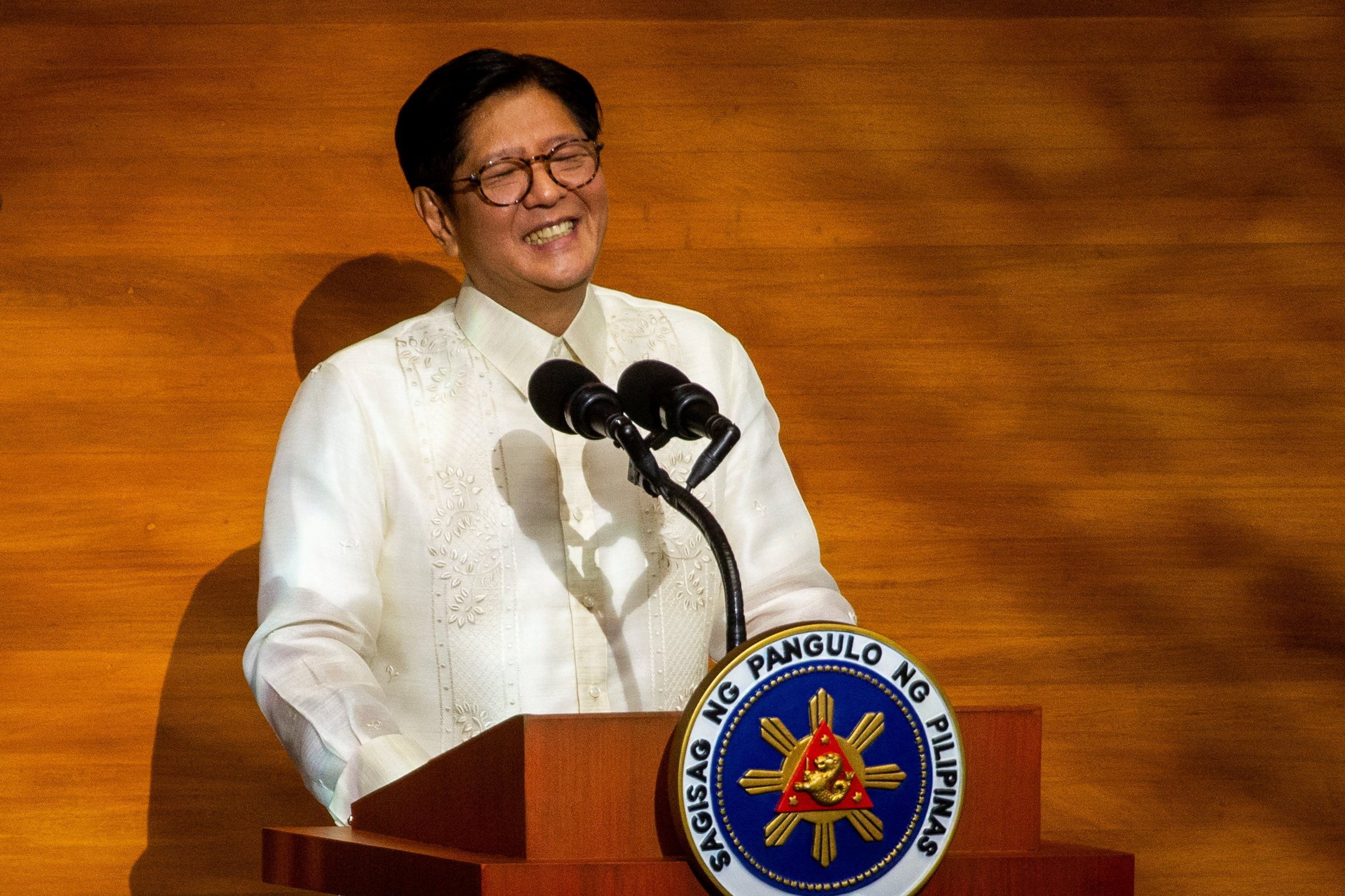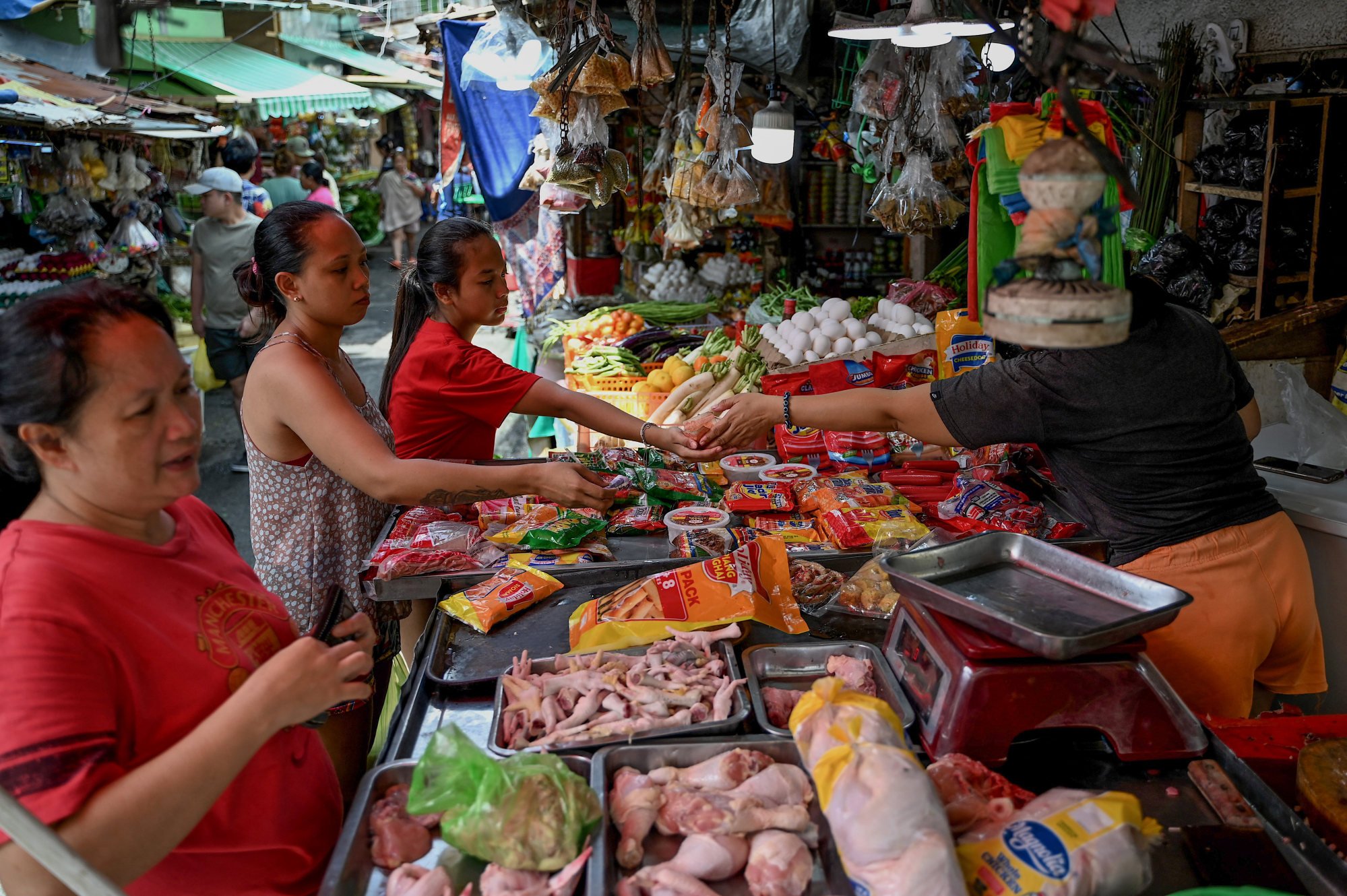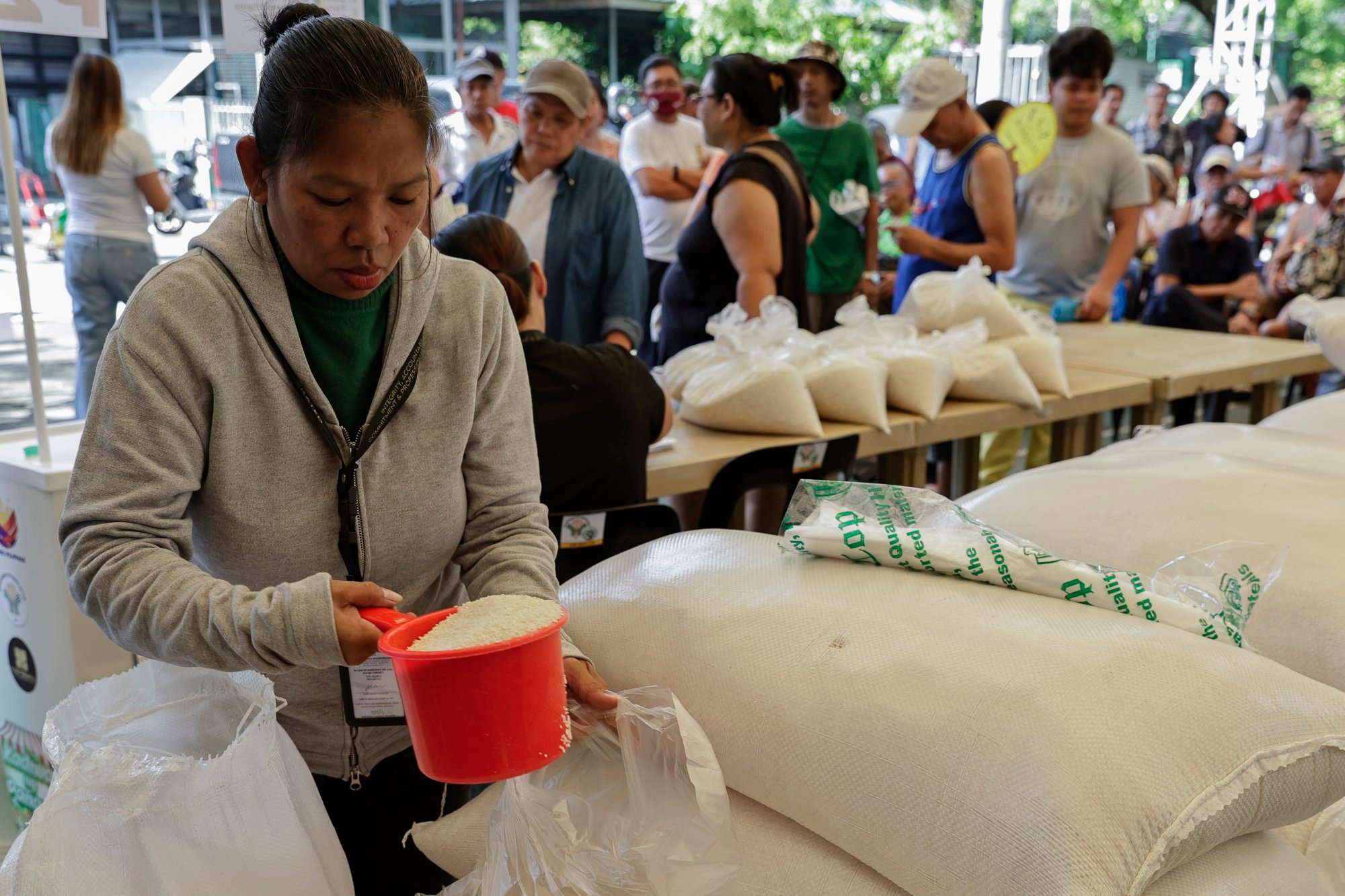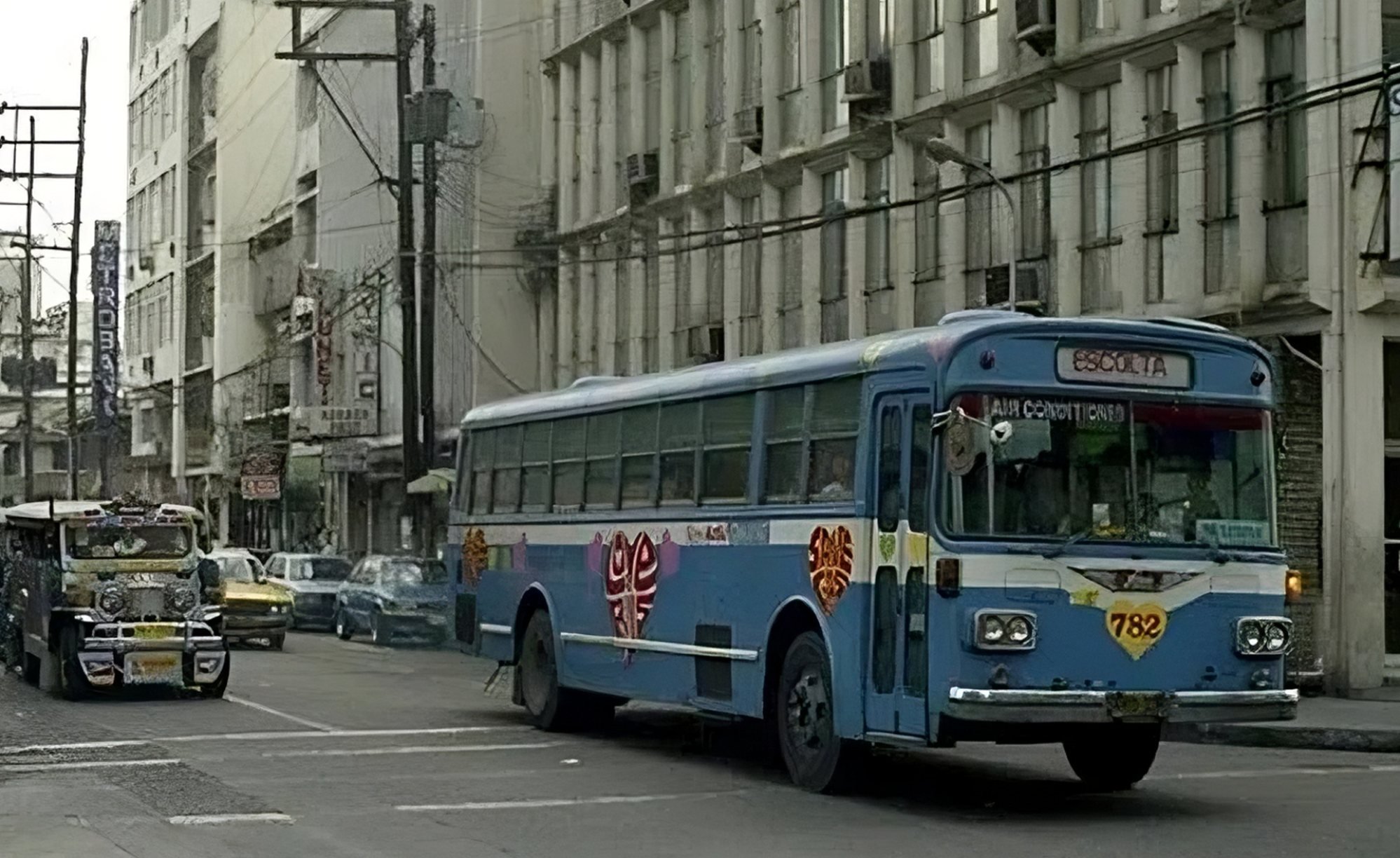Marcos has promised gifts galore. Can the Philippines afford them?
Experts contend the vast cost of delivering on Marcos’ State of the Nation Address pledges would risk ‘bankrupting’ the government

It felt like Christmas in July in the Philippines this week, as President Ferdinand Marcos Jnr delivered his State of the Nation Address on Monday with a veritable haul of gifts: cheap rice, free laptops, free bus rides and expanded healthcare.
Yet for all the gift-giving flourish and parade of populist promises, one question remained – who will foot the bill?
The annual State of the Nation Address (SONA) has long served as a platform for Philippine presidents to trumpet their achievements and outline policy ambitions. But this year, Marcos conspicuously bypassed substantive discussion of foreign affairs and economic reform, instead opting for a speech that many analysts saw as an unabashed attempt to curry favour with the public.
Filipinos were “dismayed” by the state of basic services, the president opined, listing off the core anxieties of daily life: food, education, health, public transport. He urged local governments to revitalise parks and plazas and decreed that three major track-and-field ovals would be opened to the public to encourage exercise.

The timing of the president’s pledges was no accident. His address came in the wake of May’s bruising midterm election, when administration-backed Senate candidates fell far short of expectations, capturing only half the available seats.
Marcos’ speech was a response to those results, according to Filipino political scientist Cleve Arguelles, who characterised the president’s largesse “as an effort to consolidate public support in an increasingly fractured political landscape”.
Others were more critical, dismissing the speech as being too heavy on the spectacle and light on the substance.
“The freebies are clearly populist gimmicks to create the illusion of decisive action,” said the IBON Foundation, a non-profit research and advocacy organisation, in a statement.
“While leaving untouched the real crises in privatised health, underfunded and commercialised education and anarchic public transport services, as well as in unaffordable basic needs, especially food.”

When it comes to unfulfilled promises on food, Marcos has form. During his 2022 presidential campaign, he pledged to bring down rice prices to 20 pesos (40 US cents) per kilo – levels not seen in years – even as market prices hovered between 48 pesos and 62 pesos per kilo.
Three years on, the price of rice has rarely dipped below 38 pesos, save for limited quantities in government-subsidised stores.
Unhandled type: inline-plus-widget {“type”:”inline-plus-widget”}
“To those asking where now is the 20 pesos rice? This is my answer. We have proved that we can lower the price to 20 pesos without the farmers suffering,” Marcos declared in his address. “Only recently have we successfully fulfilled this in Luzon, Visayas and Mindanao.”
But former agriculture undersecretary Fermin Adriano dismissed the claim as “populist messaging” intended to “recover the popularity of Marcos”.

To find rice at that price, “you need to find a Kadiwa (government subsidised) store,” Adriano told This Week in Asia. “In one area, it was open only for a couple of days, selling a maximum of 10 kilos per buyer. After that, nothing.”
He said the roll-out of subsidised rice had “very limited coverage” and was unsustainable in the long term, with the National Food Authority’s annual budget being wholly inadequate “to ensure cheap rice for [all] consumers”.
“You need around 100 billion pesos (US$1.74 billion) to ensure that the 20 pesos per kilo of rice is felt by the consumers and prevent farmers from losing money,” Adriano said.
“That budget is almost the equivalent of the Department of Agriculture. The administration has no money to finance such a massive operation without bankrupting the government.”
The Philippine Department of Agriculture announced in September that its expected annual budget for 2025 would be 200 billion pesos.

‘Love Bus’ redux
Other pledges Marcos made included free laptops for public school teachers; Wi-fi and digital devices for schools; and a raft of new public health insurance benefits, such as free dialysis and cancer treatments.
The president also announced the return of the “Love Bus”, a popular mode of air-conditioned public transport dating back to his father’s rule in the 1970s. He said the bright blue buses – emblazoned with large red hearts – would be rolled out nationwide and available for free following “pilot testing” in Davao and Cebu, the political heartlands of his arch-rivals, the Duterte family.
But the promised largesse that Marcos described, which also included improved housing, electricity and water supply, left many unconvinced.
The administration won’t be able to give all the … freebies it promisesSonny Africa, Filipino economist
“Every SONA by every president has always been a monotonous listing of so-called accomplishments that seem helpful but are always too small for the magnitude of the problems at hand,” economist Sonny Africa, executive director of the IBON Foundation, told This Week in Asia.
“The administration won’t be able to give all the free bus rides, free Wi-fi, free medical care, free laptops, cheap rice and other freebies it promises to all those who need these [things],” he said.
“Its deficits and debt problems and narrow-minded regressive revenue generation schemes simply won’t allow for the hundreds of billions of pesos needed.”
Africa said the Marcos administration had so far cut back on social services and agriculture to free up government funds for “grandiose infrastructure” and tax breaks for the rich.
“These gimmicks are critical to divert attention,” he added.